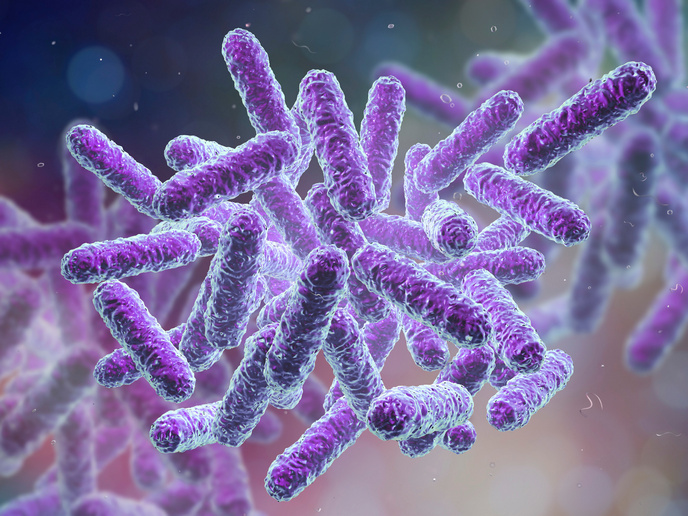Europe's population under the genetic microscope
The public health bill in Europe is steadily increasing due to factors including the ageing population and mounting costs of technologically advancing treatment. Furthermore, common complex disorders including diabetes mellitus, cardiovascular disease and asthma have become public health problems in Europe. Effective strategies for prevention and treatment depend on population studies focussing on trends of disease occurrence as a result of environmental and genetic factors. Mapping of the human genome was never anticipated to supply direct answers to common complex disorders in the form of therapy. A complete map supplies a platform on which to base further genomic and proteomic study. Genome wide association studies (GWAS) are presently the main tool for understanding the causes behind disease, especially genetic factors. The design of efficient GWAS depends largely on knowledge of linkage disequilibrium, haplotype frequencies and other parameters of genetic diversity in European populations. Armed with 1 million single nucleotide polymorphisms (SNPs) from some 990 individuals, partners from the EU funded project LD-EUROPE studied the extent of linkage disequilibrium in 11 populations across the continent. An African population was used as a means of comparison. A standard analysis tool devised by project partners was used for data interpretation and evaluation. In total, information on 11 regions of the European genome was collated. The data shed light on several aspects of genetic inheritance patterns in the populations. Measures of genetic diversity among the populations were obtained. Linkage disequilibrium (LD) and fine-scale recombination patterns were studied and the conservation of LD blocks between populations. The intricate information compiled in this research can lead to the development of specific therapies. More importantly, further research can lead to the ultimate goal of prevention.







